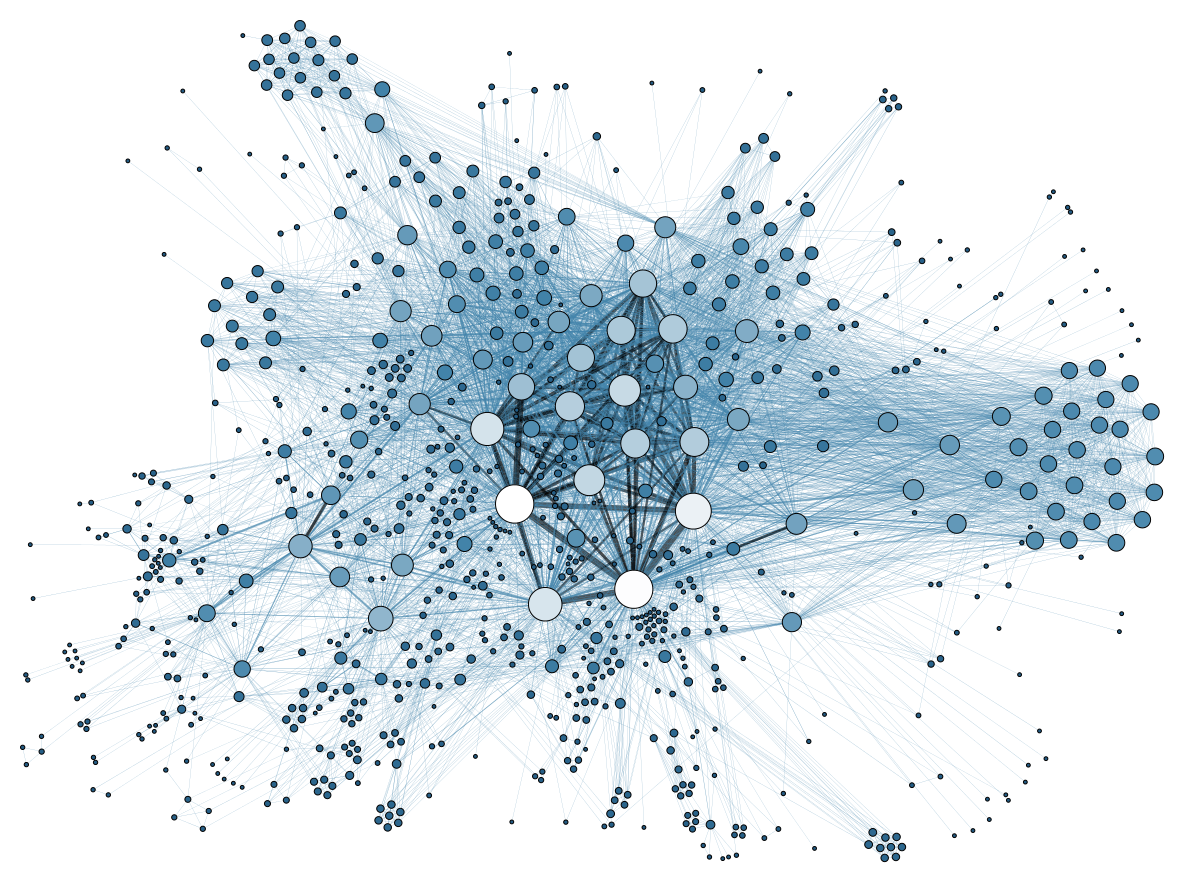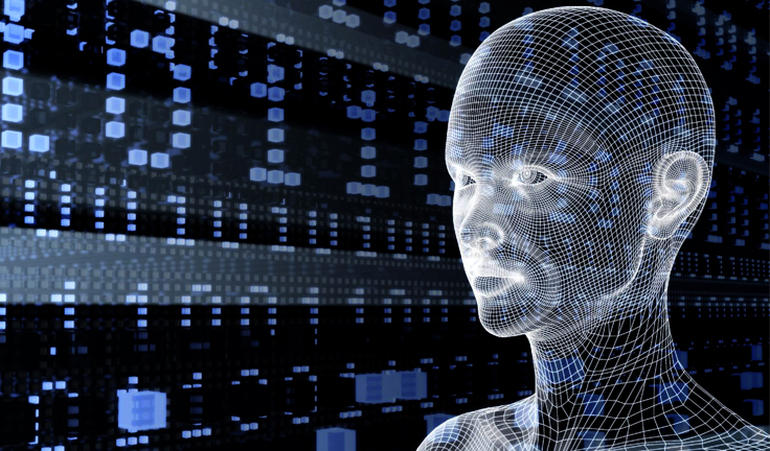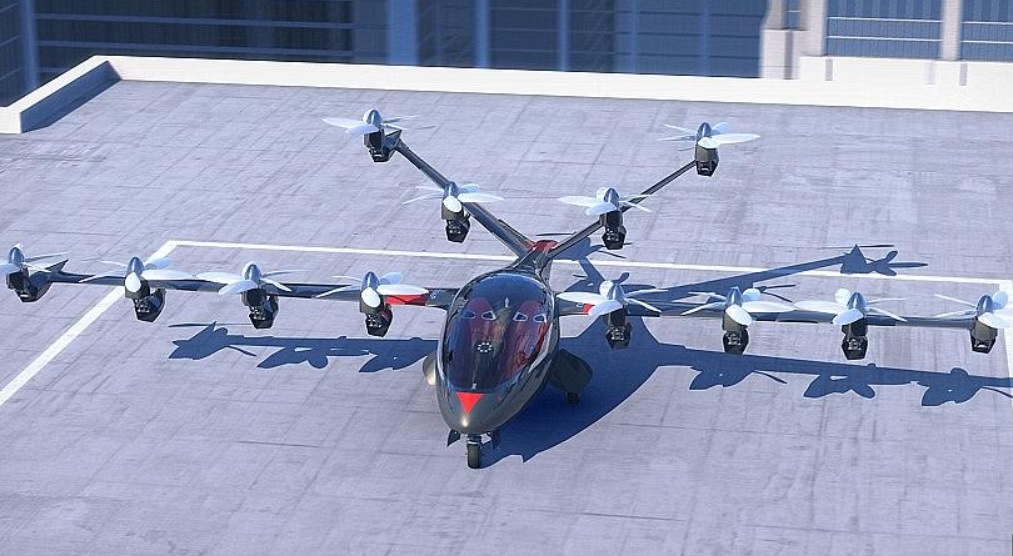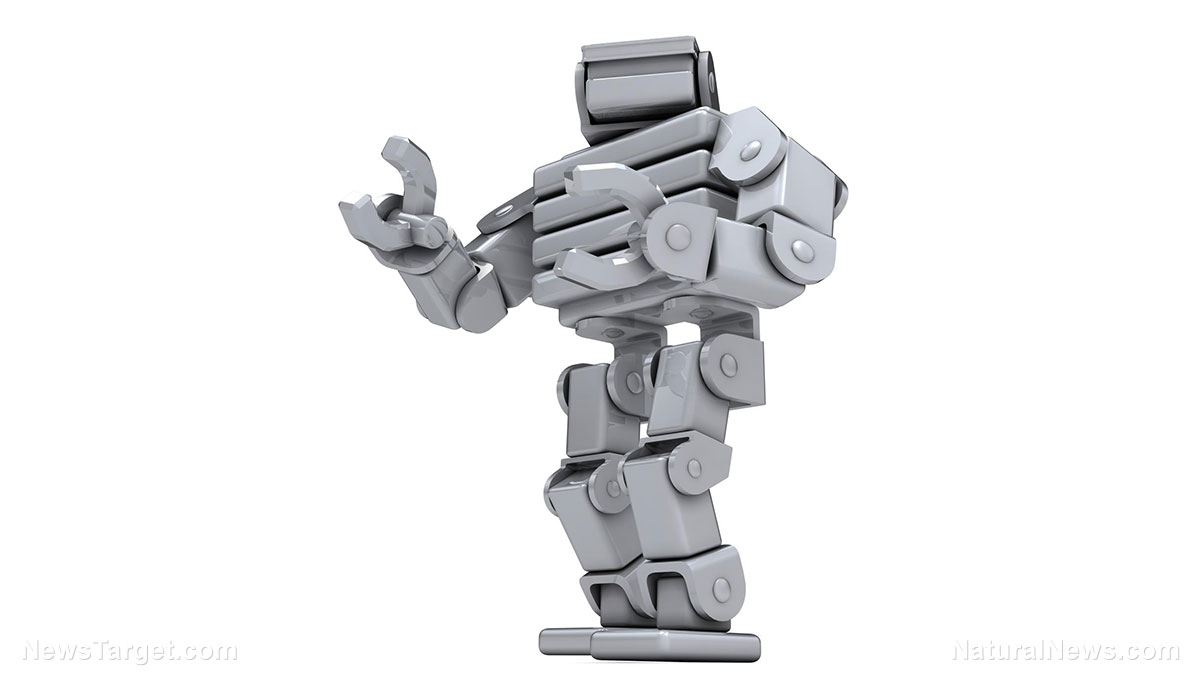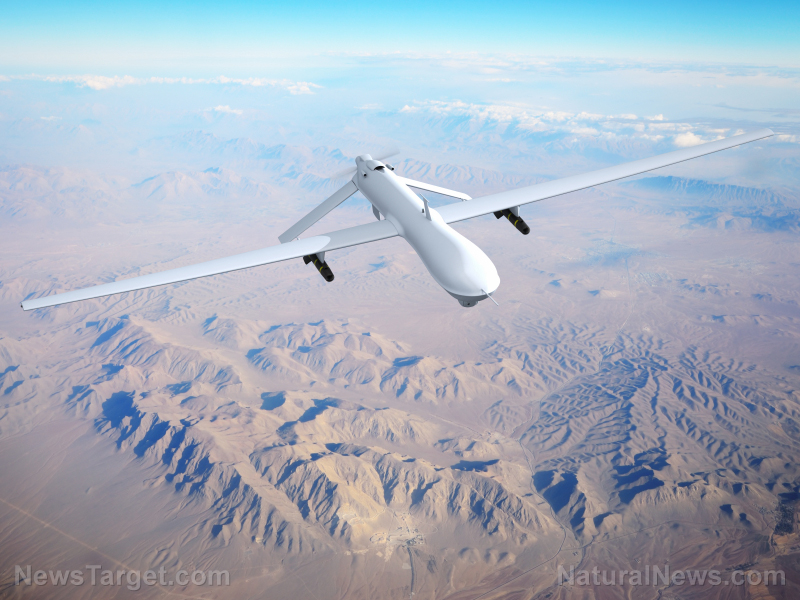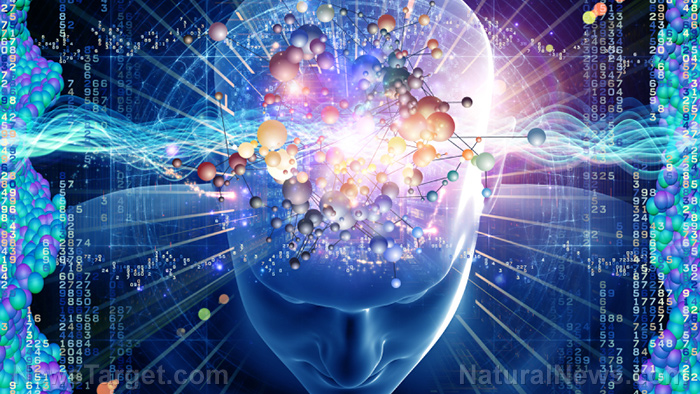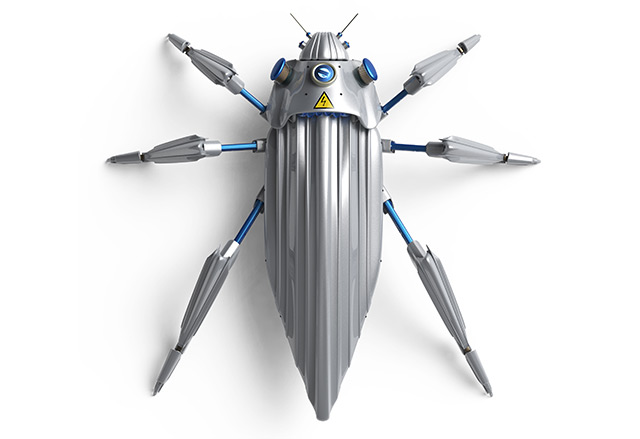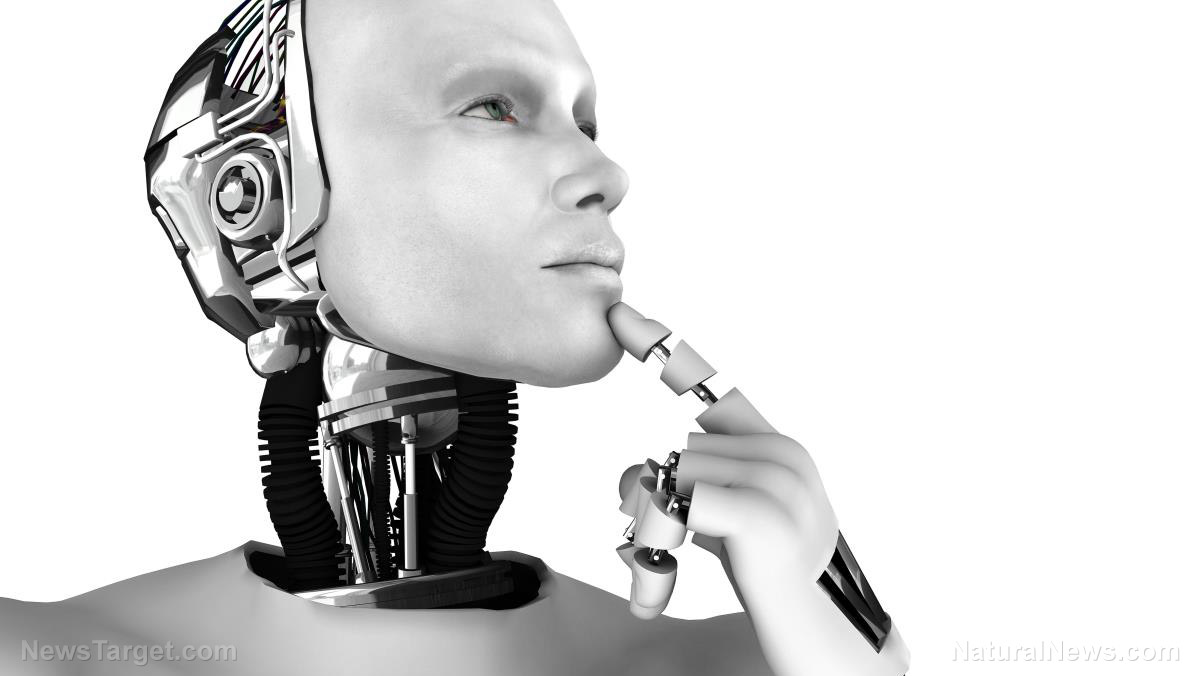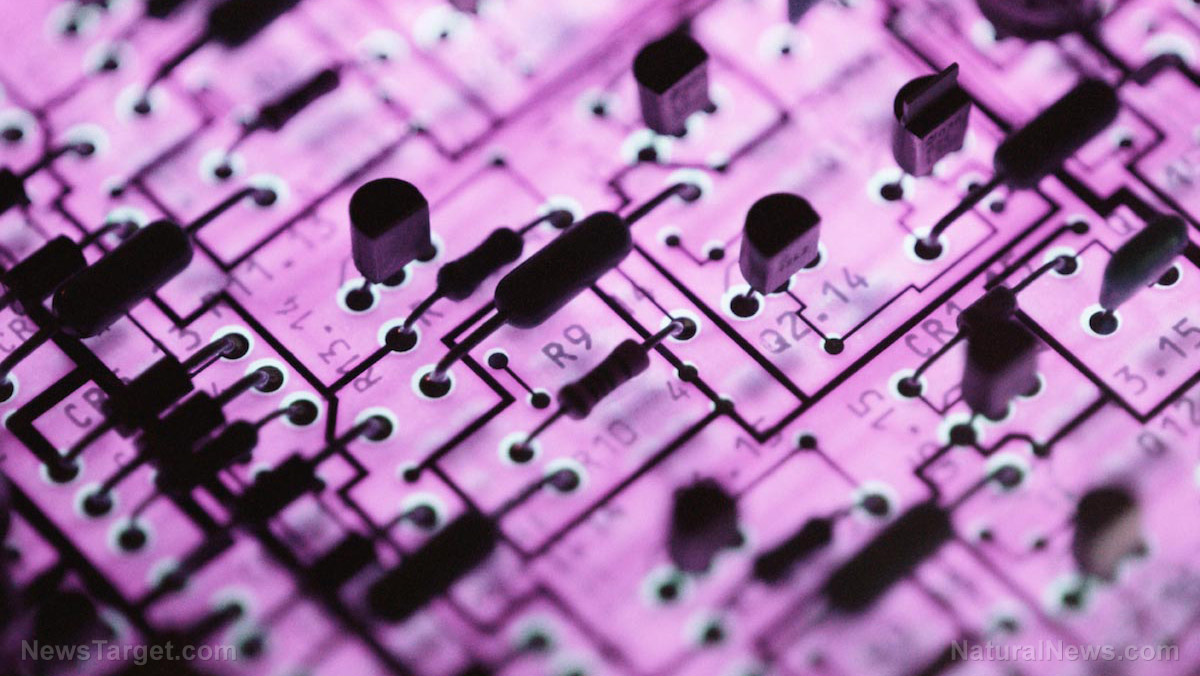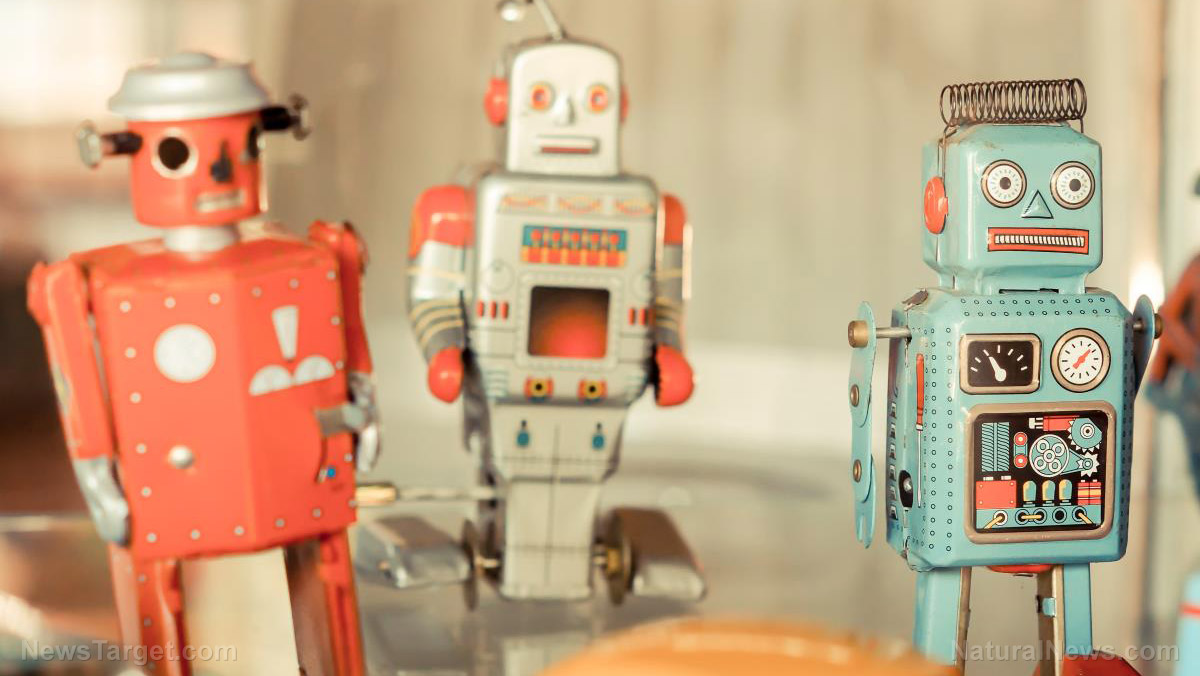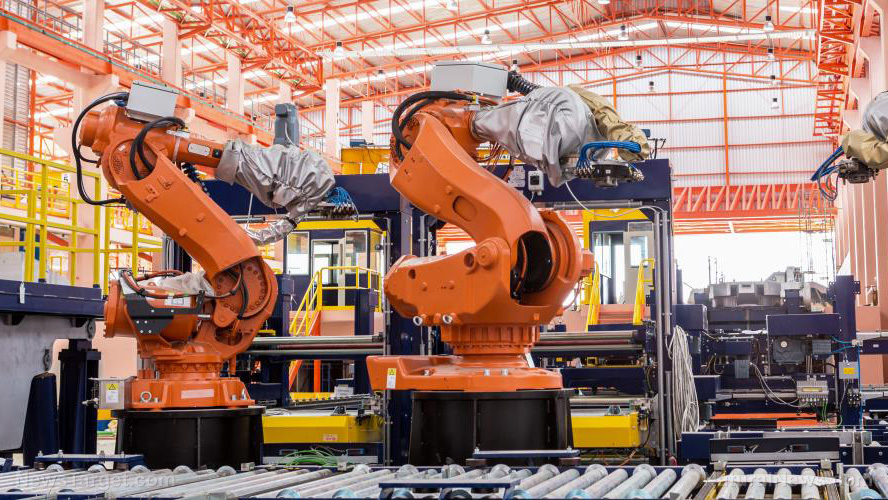While the term “big data” is relatively new, the concept has long been a part of the world of robotics.
Sensing is needed to perceive the robot’s environment so that it is aware of what’s happening around it, but it also requires self-conscience of the robot’s current placement in the environment. Planning is needed to perform with desired purpose and reliability in complex environments. And taking and monitoring planned actions is needed to achieve planned goals.
“As you can imagine, all these steps involve very intensive use of data,” Dubrawski said. “We have a wide variety of sensing modalities, such as range measuring sensors, position, visual, tactile sensors, and other modalities, some of which produce large amounts of data. So, the roboticists have a long history of working with big data without necessarily labeling it as such.”
Robotics has also always been about analytics, Dubrawski said. “Making sense of sensory data and linking what is seen with actions through planning involves advanced processing and analysis of data at all stages of the sense-plan-act loop,” he said. “We heavily rely [on] and borrow analytic methodologies from machine learning, statistics, optimization, and computer vision–to name a few closely related fields.”
But occasionally roboticists come up with original techniques that were initially designed to solve particular robotics problems, such as simultaneous localization and mapping (SLAM), which later are used for other applications.
“It combines the originally separate processes of observing and modeling the robot’s surroundings with estimating the robot’s own position in the model of its environment,” Dubrawski said. “It has natural applications to problems involving [for example] maintaining situational awareness of people or teams operating in uncertain and changing environments.”
As for future applications of big data in the function of robots, Dubrawski does not think it has any particular game-changing impact on how robots can succeed in business and consumer markets, “given that big data has already been a part of the robotics paradigm,” he says. “I think the ultimate success of robotics depends more on how successful we are at solving important problems in the business and consumer space in an affordable yet highly reliable fashion.”
Robotics and big data will continue to coexist and cross-fertilize each other, Dubrawski said.
“Take an example of deep learning methodologies, whose emergence over the past few years appears to be a side effect of the expanding prevalence of big data, and their growing success in various applications involving visual sensors in robotics,” Dubrawski said. “We have found multiple uses of these new ways of using the neural network paradigm in analyzing large and complex streams of data to better attack robotic challenges. And in a few occasions we as a community of roboticists have contributed to furthering the deep learning paradigm.”

